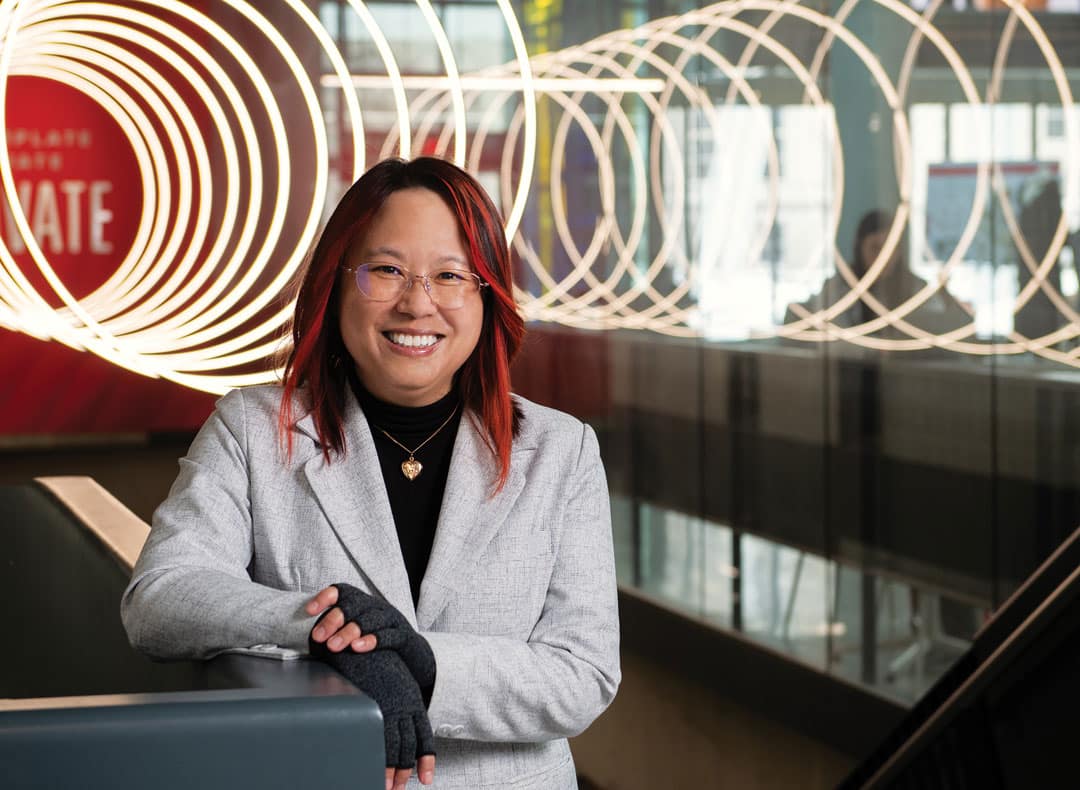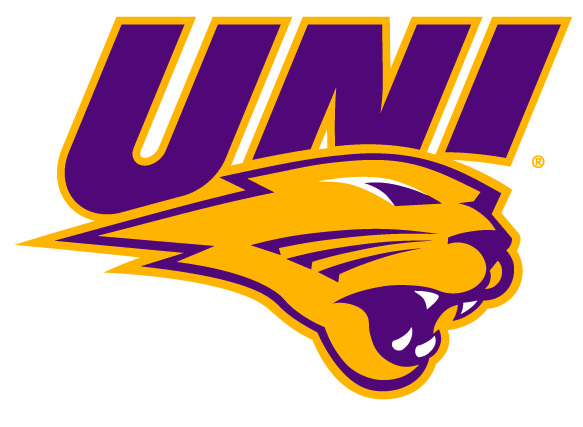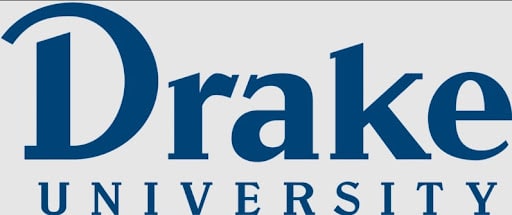Putting theory into practice
Teaching skills, rather than memorization and test-taking, prepares students for the workforce. But advocates say that isn’t happening in most Iowa classrooms.

Sarah Diehn Feb 2, 2024 | 6:00 am
10 min read time
2,360 wordsBusiness Record Insider, Education, Innovation and EntrepreneurshipYen Verhoeven’s decision to pivot from working as a scientist to being a high school science teacher set her on the path to a future working to shift the focus of education from teaching content to teaching skills.
“So often it’s about what we teach. The main focus across the board is what are we teaching? But the ‘how’ is the missing piece, I think, in STEM and actually in most of education,” Verhoeven said.
Verhoeven is now a learning theorist, instructional designer and leads the education startup Qi Learning Research Group, but not coming from an education background initially, she had to learn how to best support students’ learning.
“I wanted my students to be able to face any challenge when they got out of my class,” she said. “I wanted them to have the skills and the tools to be able to meet anything. When I was a first-year science teacher, I did not know how to do that yet.”
She started teaching by using lectures and labs, but it didn’t feel like enough.
“How do I get kids to be hungry about what they’re learning? When it gets hard, when they go to college and this is something hard for them to learn, how are they going to overcome that?” she said.
About three years into teaching, she found answers in theories of how people learn and understanding that everyone has an innate ability to learn. She flipped her classroom from then on, giving students more agency and responsibility for their learning.
But she said coming to this realization also highlighted a flaw in education that some current teaching methodologies center on memorization and test-taking when our workforce and society have “evolved to be skills-based.” She said meeting the skills businesses need in employees now and in the future calls for evaluating how stakeholders across the state approach education.
The World Economic Forum’s 2023 “The Future of Jobs Report” found that the top five qualities companies look for in workers were “all based on skills, not content,” Verhoeven said. The qualities are analytical thinking; creative thinking; resilience, flexibility and agility; motivation and self-awareness; and curiosity and lifelong learning.
Finding theory’s seat in the classroom
Verhoeven said many of the qualities exhibited when people learn naturally align with ones needed to engage in STEM education, including curiosity and finding information.

Tying education theory to practical applications in the classroom and for solving real-world problems is a connection that Ted Neal helps facilitate for graduate-level students at the University of Iowa every semester.
Neal is the program coordinator for UI’s STEM education online master’s program and previously an Iowa science teacher. He said a foundation in learning theory sets teachers up to go back and start incorporating inquiry-based learning, which differs from traditional teaching methods by putting students in a position to ask questions and solve problems.
“In an inquiry-driven classroom, what I would do is I would say to my kids, ‘Here’s a bunch of wire. Here’s a bunch of batteries, and here’s a bunch of light bulbs. Make the light bulb light,’” Neal said.
Neal and Verhoeven are both working through their respective avenues to instill theory-based practices in educators, but they say it’s not widely applied across the state.
A core challenge, Verhoeven said, is the learning environment in schools hasn’t supported the innate ways students learn. She said as decisions often come from leaders outside of the education field, teachers also need to have their “voice” in how they teach restored to bring in more research-backed practices.
“The problem is this: You can have … teachers that come in with all this knowledge and theory, all the ways they know exactly how to teach effectively in the classroom, teaching skills, but they are faced with an institutional conflict between how they teach it and what they are actually expected to do,” she said.
Individual teachers and several entities such as Cedar Rapids’ public school program Iowa Big are some of the few in Iowa to integrate education theory into their teaching, Neal said. Barriers to further adoption include uncertainty among teachers about the ways it could affect how their classrooms operate and students’ performance.
“I tell my teachers, ‘You didn’t go to college to … just follow along. You came here to get an education to lead and to change and to do better,’” he said. “So we have pockets of teachers all over the place who are doing it and who are trying to get their colleagues to see and adapt and adjust.”
Some STEM education startups are also developing solutions that help bring learning theory into students’ education.
Parametric Studio is a startup based at the Iowa State University Research Park in Ames that has designed combinations of software, maker kits and curriculum tailored to grade levels from preschool to 12th grade.

Its co-founders, Christopher Whitmer and Atul Kelkar, are both engineers who saw an opportunity to use their subject knowledge and research to teach math and science using hands-on engineering projects and gamification.
Software tools they had already built to do early-stage engineering designs served as an entry point for connecting engineering concepts to the underlying math and science.
“We built all these really great [tools] that would allow you to do early-stage design. What that means is you don’t need to have a supercomputer to do it. You can basically do the modern equivalent of draw it on the back of a napkin and work it out,” Whitmer said. “When we thought about it we were like, ‘That’s a really great way to teach math and science,’ [then] using the math and science that you just did to design the thing you’re building.”
The design that starts on the computer becomes hands-on by 3D-printing the pieces, Whitmer said.

As the company received research funding, Whitmer and Kelkar built out the core concept, developing software that gamifies the process and skills involved in building bridges and wiring electronic circuits.
Parametric Studio has brought several products to market and seen them validated as they partner with education distributors, but how the products are implemented in the classroom has been essential to the company’s success.
To build on their engineering backgrounds, Whitmer and Kelkar also engaged education research and outside expertise to determine effective ways to bring their ideas into schools.
Education faculty at ISU have consulted with Parametric Studio to help identify how far to take each concept depending on the grade level it’s targeted for as well as test the tools with students.
Whitmer said he found in the user testing process that the indicators of an effective tool in an education setting are different than those in the software or engineering industries.
“Your orders of priority [are] different when it needs to be an educational tool,” he said. “What we’ve learned out of the education research is what things are important are not always the same things you would do to make a really cool game. They’re not always the same things you would do to make a really cool project engineering system. But there are things that are really important to how you structure things, so that it’s doing the things that are necessary for education.”
With faculty insight, the tools were also designed so activities connect to standards that educators aim to teach and cover the multiple disciplines of math or science.
“We’re doing an integrated approach, so if you only target the physics part of what we’re doing then it leaves a lot of other parts of what you’re doing out. The real power is being able to synthesize all this stuff together,” Whitmer said.
Connecting to standards embeds lessons about content like fractions in a learning experience that also teaches skills. Verhoeven said practices like this show how skill-based teaching can be centered for STEM as well as other subjects.
“Once anybody knows how to teach [something] once, you can teach it with anything because it’s skill. Skills are applicable to anything,” she said. “I can teach STEM with a piece of paper. “We have to, as a society, recognize how we teach skills and emphasize that versus how we teach content.”
She said solutions based on learning theory and research would be more effective at addressing challenges across the education system, but steps toward that include bringing in educators at “every step of the way” and communicating to other stakeholders how theory ultimately affects the functions of business and community.
“What we have to do is connect education theory to what we want to do, to use it to inform what we’re doing,” she said. “When we do that, people start to listen, because everybody wants to fix education, we want it to change.”

Ames-based Parametric Studio offers software and game-based simulation tools to teach math and science concepts through the design and physical construction of structures or vehicles. Submitted photo
Iowa can bring education theory to life with partners, funding
When Verhoeven holds workshops with educators on bringing theory into their teaching methods, she said teaching them how to also build partnerships with local businesses and community organizations helps make skills-based education sustainable.
In one group of workshop participants, she saw several who by the end of the year navigated around a lack of resources and money to start STEM programs by working with community partners. And she said when educators bring an explanation of education theory and break down how it relates to the proposed partnership, it is easy for businesses to buy in.
Looking at STEM as a “way we function in the world,” Verhoeven said it’s valuable to “break down silos” and bring students into businesses and other spaces that demonstrate how all skills and subjects they learn are interconnected.
“The complexity of real-world issues requires a multidimensional approach. … it’s not just STEM that we’re elevating but we’re elevating to bring STEM into everything,” she said.
Neal said STEM often gets pegged as just science, technology, engineering and math when it contains more breadth and depth.
“Everybody wants to boil [STEM] down to one little soundbite. … STEM is a philosophy of learning that is collaborative, that is real-world, that is solving problems or asking big questions. It is using all of the different skill sets of a class from writing to math, to experimenting, to data collection, to graphing and manipulation. You have to be versed in all of it.”
Community partnerships are integral to the STEM master’s program because it’s “a way more powerful thing” to engage with local partners in the community where there are issues students can apply their skills to, he said.
He said his vision for education in Iowa is that curriculum should be driven by the state’s major industries like farming and energy and challenges such as water quality and supported by the large businesses in those fields that are seeking to build their workforce pipelines.
“I remember as a little kid driving down the road with my dad and saying, ‘How do you know when to plant?’ Why don’t we teach that in first, second grade?” he said. “Why don’t kids get involved in farming and gardening when they’re younger and learn how to put food on their own tables? That’s what Iowa is.”
It’s not just in schools where STEM education can happen, Verhoeven said. Attending programs at libraries or community clubs are the kinds of social factors that can influence youths’ interests and future career decisions, she said. They’re also engaging because it’s an environment where work is not graded and they have agency.
“That is true, authentic learning in the wild,” she said.
Neal said another example is the Iowa Science Phenomena resource offered by Iowa PBS, where students can investigate how natural phenomena in Iowa work.
But in addition to forging key partnerships, fully integrating skills-based education in Iowa schools will require structural changes to the school system, Verhoeven and Neal said.
Verhoeven said schools are running on an “old business model” focused on minimizing costs that does not allow education to evolve to be skills-based like businesses have.
Implementing theory-based practices costs more upfront but would make teaching and learning easier on the back end, she said.
“It’s actually easier when you use theory to teach than it is forcing kids to do worksheets and MacBooks and things like that,” she said. “It’s easier. It’s not cheaper.”
Neal said he believes structural change in education will have to be led by superintendents and principals as well as the Legislature.
“My simplest version to make this happen [is] it’s going to have to come legislatively, it’s going to have to come with funding and it’s going to have to come then through the principals,” he said.
He said a determining factor in this “top-down” change is if leaders give the teaching of interdisciplinary and scientific skills the same attention and value given to content along with support for implementation.
“We have to give equal value to the other couple of things: communication, collaboration, data analysis, graphing, answering questions, asking questions, finding solutions,” he said.
“These other pieces are what the real business world needs, and the business world needs to step in and go, ‘Yeah, these are the things we need also.’”
Verhoeven said part of moving Iowa toward broader changes in education is continuing to work on what may seem like smaller changes, including changing the public narrative about education and empowering individuals to act.
“We only get stories of how [education is] broken and the aftermath of it — the shootings, the mental health, the failed tests, all of those things,” she said. “We always think education is bad. Rather than do that, we need to elevate the things that are working and learn from them … Imagine if we could take [a solution] and publicize it. But not only publicize it but talk about the bones of here’s why it works this way, and here’s how you as anybody, as a community center, as a library, can take some of these best practices and start it in your community.”

Sarah Diehn
Sarah Diehn is editor at Business Record. She covers innovation and entrepreneurship, manufacturing, insurance, and energy.










